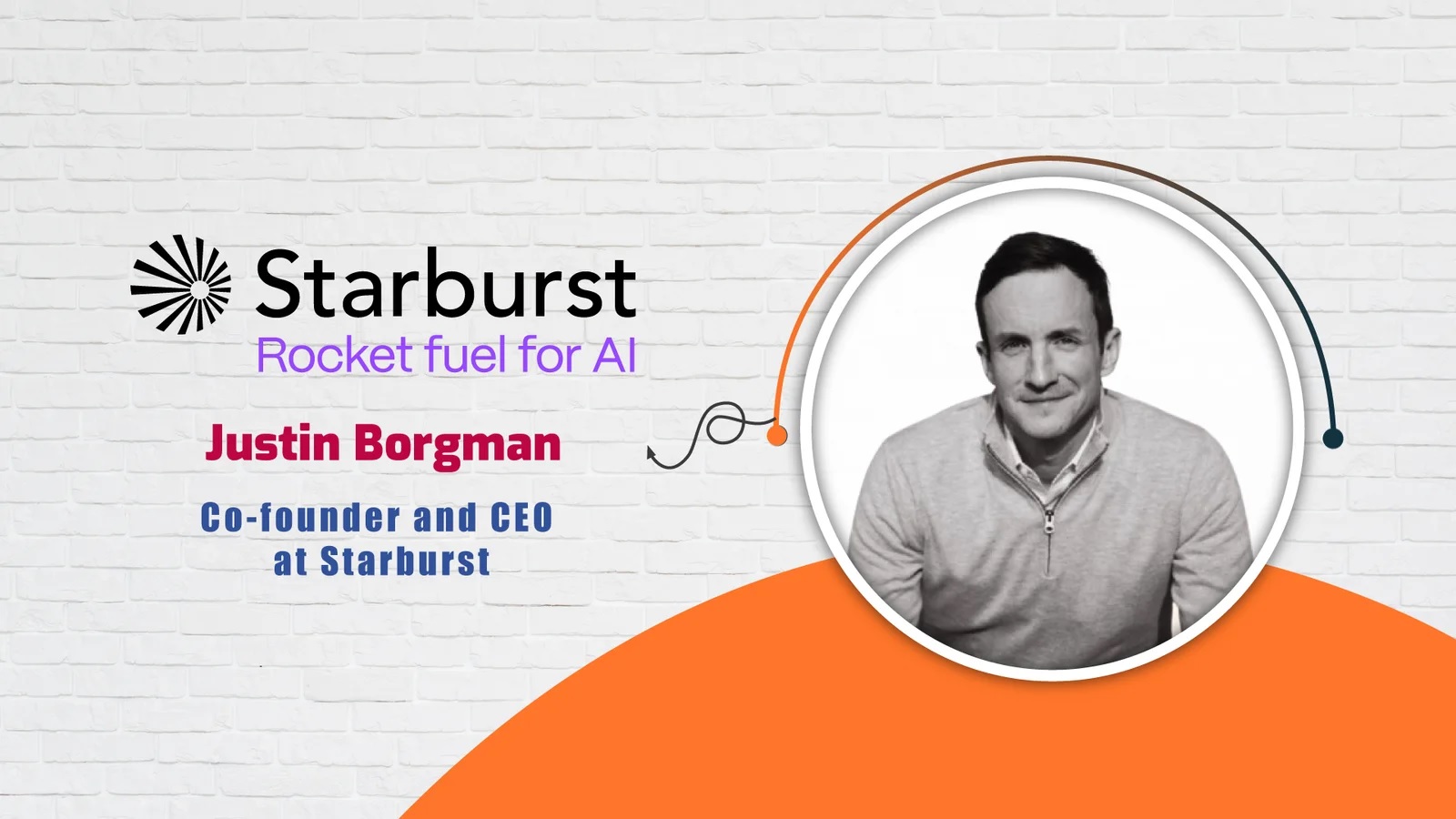
To start, Justin, can you share a bit about your journey as a software engineer and how those early experiences influenced your path to founding Starburst?
My background as a software engineer gave me firsthand insight into the complexities of building technology that solves real-world problems. Early in my career, I founded Hadapt, which introduced “SQL on Hadoop,” transforming Hadoop into a tool for analytics and laying the groundwork for today’s Lakehouse architecture. After Hadapt’s acquisition by Teradata, I witnessed the growing inefficiencies of traditional data warehouses as businesses grappled with massive data growth and cloud adoption. Discovering Trino, an open-source distributed SQL engine, inspired me to co-found Starburst with a mission to enable efficient, scalable data analytics without the constraints of proprietary systems.
Starburst is at the forefront of lakehouse technology. What inspired the creation of this platform, and how do you see it transforming the way businesses approach AI-driven insights?
Starburst was inspired by the need for a better way to analyze data spread across multiple systems without relying on traditional warehouses. As businesses faced the rapid rise of big data, cloud computing, and AI, the inefficiencies of centralized, proprietary data storage became clear. Trino, a distributed SQL engine originally built for Facebook, showed a new path forward: querying data where it lives. This became the foundation for Starburst.
By eliminating the need for duplicating or migrating data, Starburst allows organizations to access insights faster and at a lower cost. This transformation accelerates AI-driven innovation, as businesses can leverage all their data seamlessly for machine learning, advanced analytics, and real-time decision-making.
AI workflows are often challenging to operationalize. How does Starburst’s integration of vectors and data streamline this process, particularly with large language models (LLMs)?
Operationalizing AI workflows, especially for large language models (LLMs), often entails overcoming hurdles related to data access and transformation. Starburst’s integration of vectors with its distributed SQL engine makes this process significantly more efficient. By enabling organizations to query, combine, and analyze both structured and unstructured data where it resides, Starburst eliminates the need for cumbersome data migration and preprocessing.
For LLMs, which thrive on rich, context-aware datasets, Starburst’s approach delivers a unique advantage. The ability to integrate and process diverse data sources in real-time not only accelerates feature engineering but also improves model performance by providing a richer, more contextual data foundation. This holistic platform helps to streamline model training and inference, speeding up development cycles and ensuring that AI workflows are operationalized more quickly and with higher accuracy. The result is a scalable, cost-effective solution that enhances the use of data at every stage of AI deployment, empowering businesses to generate insights and take action faster than ever before.
To Read Full Interview, Visit @ https://ai-techpark.com/aitech-interview-with-justin-borgman/
Related Articles –